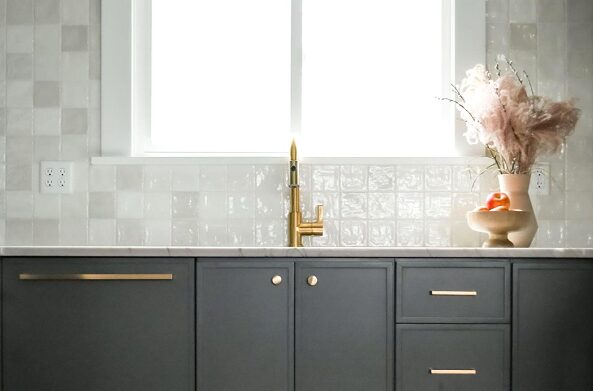
Moody Interior Design: Exploring 35 Exciting Ideas from Light to Dark
Creating a moody interior design involves intentionally integrating design elements and color schemes that stir a feeling of drama, depth, and atmosphere. Crafting such a space goes beyond the visuals—it’s about engaging the senses and eliciting a spectrum of emotions.
In this article, we will introduce to you 11 exciting ideas that you can do to create a moody interior design that enhances the feel of your home.
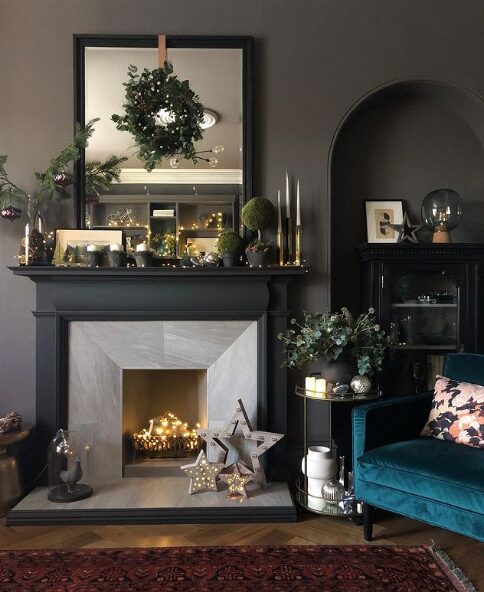 Credit: @designsixtynine
Credit: @designsixtynine
Each home is different. While some naturally boast unique architectural features, others can have these elements added to enhance their character.
If your ceiling lacks exposed beams, consider installing faux beams or even real ones if feasible. Exposed beams add a rustic and cozy touch, bringing warmth to the space.
Surround your fireplace with = stone, marble, or tiles to accentuate it.
Install wainscoting or paneling along the walls to introduce texture and depth.
This decorative trim can create a sophisticated and polished look, framing the space with elegance.
Create architectural interest by adding archways between rooms.
Upgrade the look of your windows by adding decorative casings. This architectural detail can elevate the entire room, providing a more finished and intentional appearance.
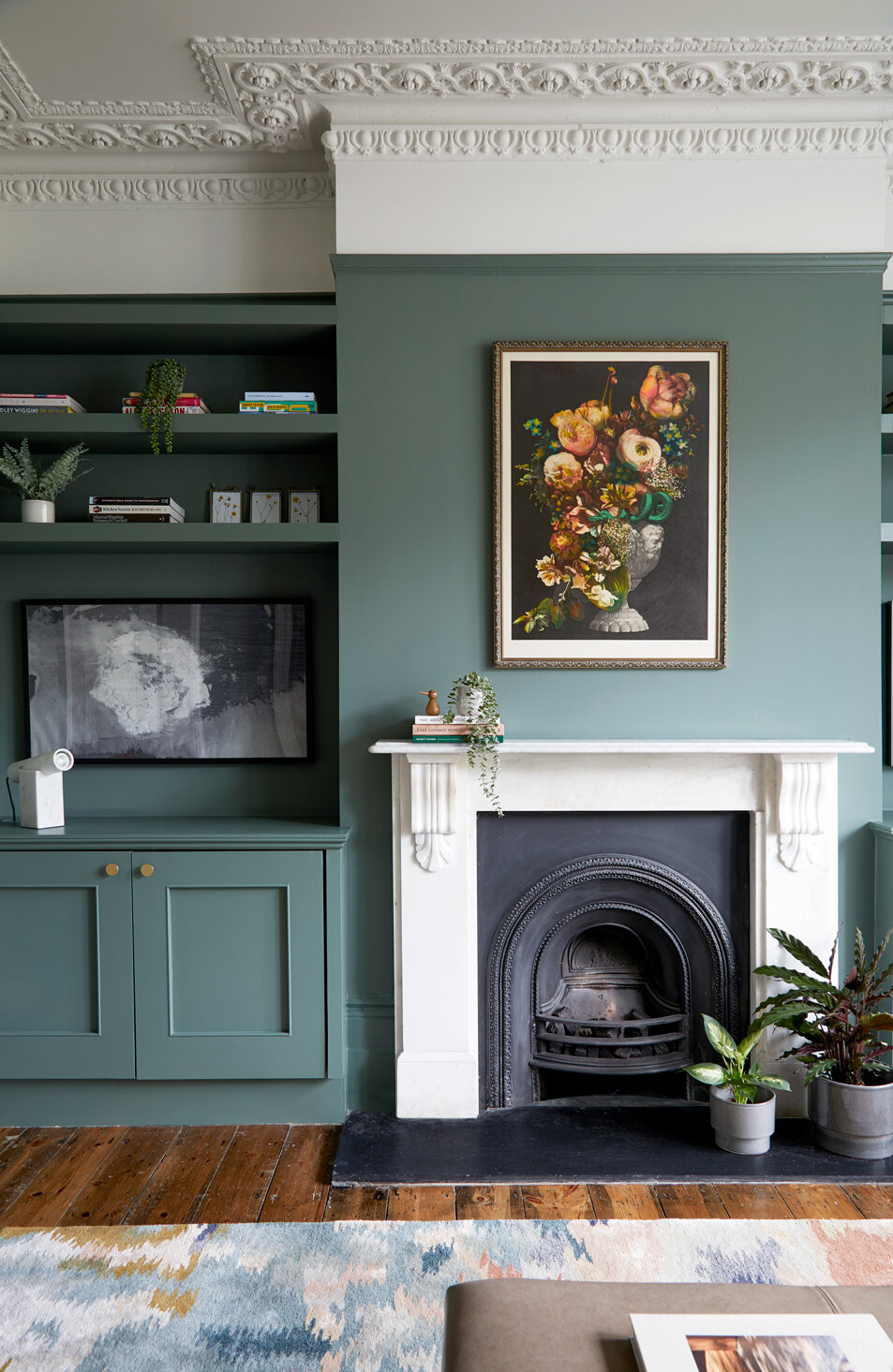
Credit: Born & Bred Studio Interior Design East London
To display your finds, it’s best to install custom-built shelving units. Integrate built-in bookshelves to enhance both storage and aesthetics. These can be designed to flank a fireplace, line a hallway, or serve as a focal point in a room.
Make sure to incorporate dark finishes for a moody aesthetic.
Explore the decor you can add to your space and more tips on how to make it look high-end and luxurious.
Introduce conversation nooks or position furniture around a central focal point to enhance the cozy atmosphere.
Consider engaging a contractor to design custom window seats featuring built-in storage.
Elevate these seating additions with plush and dark upholstery to infuse a moody ambiance while simultaneously maximizing seating capacity in a stylish manner.
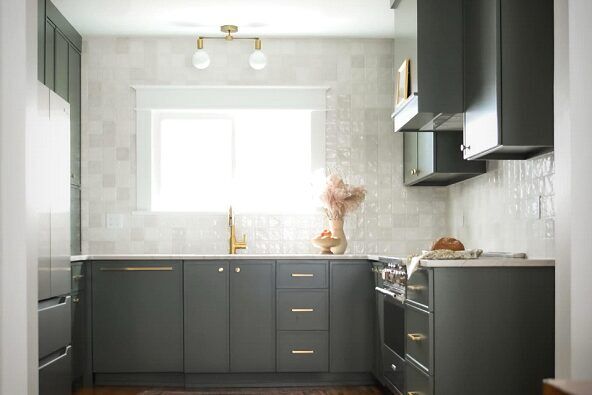
Choose a deep, moody hue to enhance the dramatic effect in your space.
Work with a seasoned contractor to install textured wall panels on one wall to create a dramatic focal point. This can be achieved using materials like wood, glossy tiles, or other textured wall coverings.
Matte or eggshell finishes can add a velvety touch to walls, inviting a sense of warmth and intimacy. Experiment with textured techniques, such as faux finishes or wallpaper, to infuse a layer of complexity into the visual narrative.
Introduce lush, tactile elements through soft furnishings such as plush velvet or chenille upholstery, floor-to-ceiling drapes, faux fur throws, and oversized cushions. Explore furniture and decor items with embossed or carved details. Enhance the experience underfoot by layering rugs of different textures.
See how texture can ignite powerful emotion in this blog.
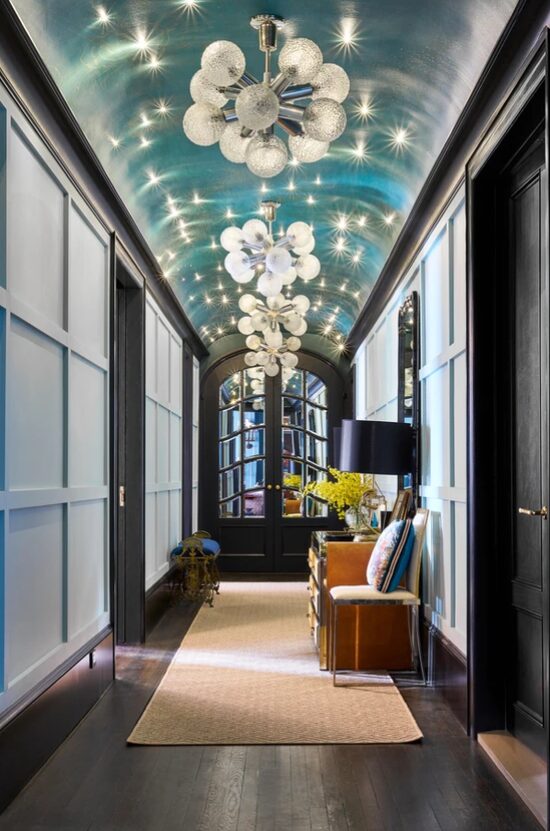
Credit: G A R R O W • K E D I G I A N
To create a dramatic and moody interior, choose ambient, low-level lighting instead of bright, overhead lighting. This can be achieved using carefully placed lamps, sconces, or even pendant lights. The warm, indirect glow contributes to the overall atmosphere.
Integrate recessed cove lighting into the ceiling or walls. This can be especially effective in spaces where a bold, direct light source may be too harsh.
Introduce vintage charm with elements like Edison bulbs or filament lights. These classics bring a warm and nostalgic glow, adding character to the lighting scheme.
Make a bold statement with a chandelier that complements the theme. Choose one with dark finishes or unique shapes to serve as a captivating focal point.
Hang intricately designed pendant lights in key areas to cast focused pools of light. Opt for materials like bronze or dark metals to enhance the moody undertones.
Illuminate your walls with distinctive sconces that play with shadows and create an intimate glow. Select fixtures with unconventional shapes, artistic elements, or textured materials to add a touch of intrigue.
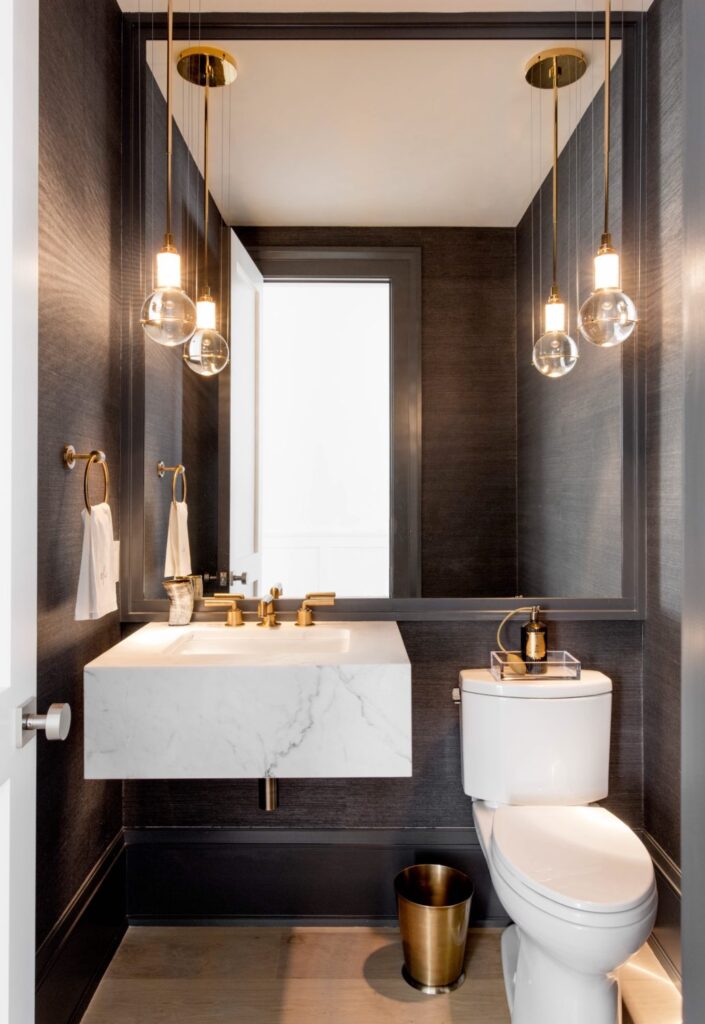
Credit: Jacquelyn Clark
Position mirrors to capture and reflect natural light sources. This not only enhances the brightness of the room but also introduces an ethereal quality by bouncing light around, creating nuanced shadows.
Strategically place mirrors to accentuate key focal points within the space, such as a captivating piece of artwork, an ornate light fixture, or a distinctive architectural detail.
Mirrors can visually expand a room, making it feel more spacious and open. This is particularly valuable in moody interiors where a balance between coziness and spatial openness is desired.
To learn more reasons why you should incorporate mirrors in your space, check out this blog.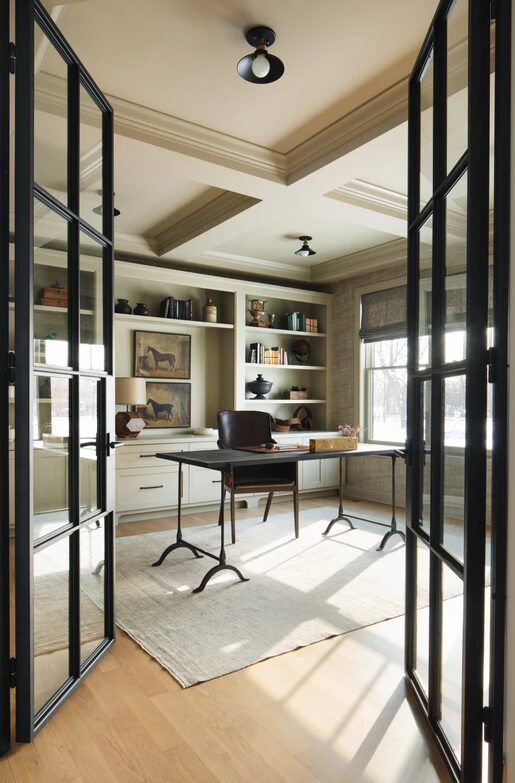
Credit: Redesign Home Chicago (redesignhome.co)
Create artistic thresholds between rooms, using elements like patterned tiles, contrasting floor materials, or a subtle change in flooring pattern to mark the transition.
Use statement lighting fixtures strategically placed near transition points. These fixtures not only contribute to the moody ambiance but also act as visual markers as one moves through the space.
Custom interior doors with unique patterns or finishes serve as a visual transition point, especially if the surrounding walls are in a lighter color. Consider dark wood, metal, or glass inserts to create a sense of drama as people move between rooms.

Credit: The Tile Shop
Deep blues infuse a sense of mystery and calm, charcoal grays bring an air of refinement, forest greens invoke the tranquility of nature, and burgundies exude warmth and opulence. Collaborate with your interior design consultant to choose the colors that are right for you.
Upgrade your hardware with custom, dark finishes. This includes curtain rods, faucets, shower heads, and other fixtures. Matte black, aged bronze, or brushed nickel can be exquisite choices.
Challenge convention by extending the moody color palette to the ceiling. Consider painting the ceiling in a rich, dark tone to create a cocooning effect.
To explore more ways to use rich dark paints in your space, get inspiration from this blog.
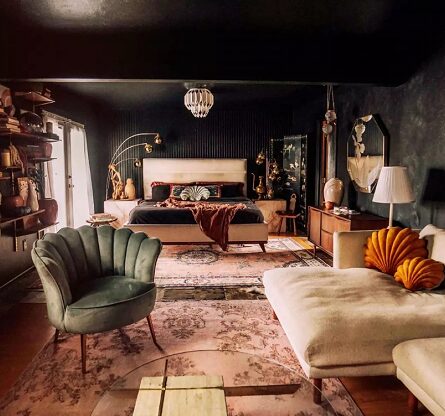 Credit: Arianna Danielson
Credit: Arianna Danielson
Introduce a touch of theatricality by designating an accent wall to showcase a bolder, darker shade within the moody palette.
Enhance the architectural features of your space by introducing a contrasting trim color. Dark trim against lighter walls or vice versa creates a striking visual contrast, emphasizing the lines and details of the room.
A moody interior design doesn’t necessarily mean an absence of color. Instead, it means that accent colors are used selectively to create the right focal points.
Service Areas: All Western New York, including Buffalo, Amherst, Williamsville, Clarence, Kenmore, Tonawanda, Grand Island, Lancaster, Depew, Cheektowaga, West Seneca, Akron, Elma, Wheatfield, Lockport, Lewiston, and Niagara Falls.